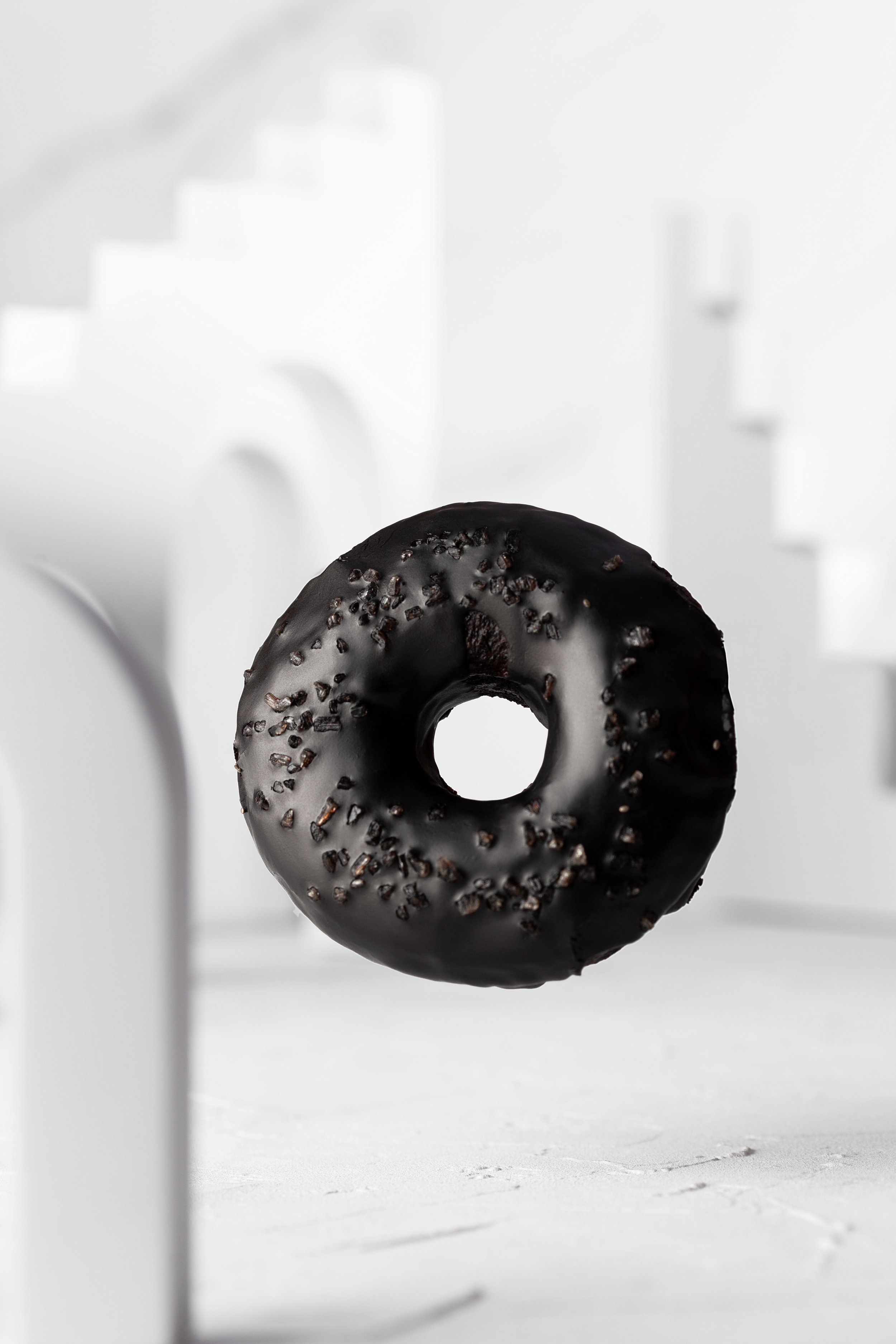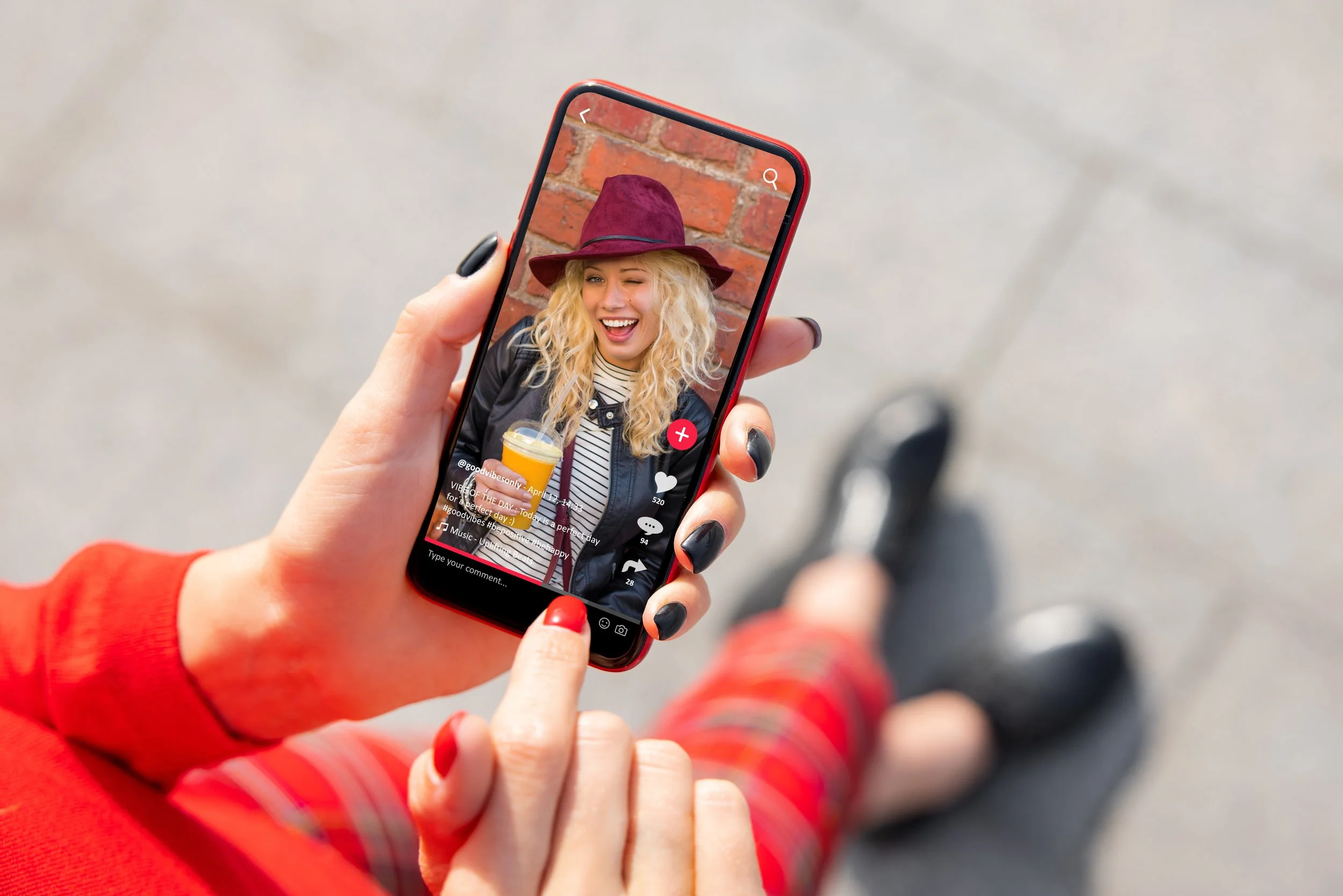There’s no doubt that social media has changed how people communicate with each other. People do not write letters to check on one another like they did before; instead, they send memes to each other to remain in contact. The creation of the social media platform Instagram in 2010 attracted an audience because it had a unique photo editor. The idea of posting a photo or video at the moment was extraordinary for documenting life with others.
However, that is not the case anymore, it has affected how companies advertise their products. Instagram is one of the most popular social media platforms, used by two billion active monthly users. “Because Instagram is such a visual platform, it is the best suited for businesses that are focused on evoking feelings in customers and providing them with visual ideas” (Lim & Yazdanifard, 2014).
Nevertheless, one of the biggest competitors of Instagram is TikTok. This social media platform was released in 2016 with a visual content focus but on posting videos, not pictures. TikTok was launched with several features, such as inserting text on videos, adapting how fast or slow the video is, and adding music to the background of a video. Trends such as dances also became viral on TikTok. Later, different popular artists, celebrities, and now influencers started doing vlogs and short creative TikTok videos that showcase lifestyles, personalities, and even life hacks. This platform became a competition to Instagram because it offered features that Instagram did not have.
Over the years, Instagram has evolved significantly, adding more features to the platform. However, once TikTok trends and videos became viral, Instagram didn’t just stay stagnant. Instead, it implemented more features on the platform, such as Instagram Reels. This section on Instagram is what may affect the future of TikTok and its engagement. “Famous brands like Louis Vuitton, Sephora, and Red Bull have adapted Instagram reels for promotion because almost every person uses Instagram” (Jain, 186).
The rapid development of Reels and the way that trends have started through it have made Instagram interesting and have increased competitiveness, not only among social media platforms but also among brands. Small and big businesses are using Instagram reels to advertise their product and even link their website to their Instagram profile so people can automatically buy something. TikTok responded to this by introducing TikTok Shop, but the difference is that there is a greater amount of paid promotion on TikTok and most of the audience is Gen Z. However, Instagram’s target audience is varied, and other than just uploading reels, pictures, and graphics are posted on the Instagram feed. Even with Instagram Reels, its core focus remains on visual content. Both TikTok and Instagram are influential platforms when it comes to marketing and engagement, but Instagram may end up pulling ahead because of their increased feature set and variety of mediums.
According to www.datareportal.com, Instagram is the second most downloaded and favorite social platform. “This fact makes the Instagram platform the most effective tool for Internet marketing” (Jain, 104). As stated before, with over two billion active users, Instagram offers companies opportunities to expand their brands and target audiences. Most importantly, it helps and inspires people to connect and create. As a leading platform, Instagram is an essential tool that will keep shaping the future of social media by reaching audiences globally and enhancing its online presence.
Works Cited
Kachwala, Mohammed, et al. “Intagram Reel’s Importance in New Product Promotion.” Nov. 2022.
Karapetyan, Yelena. “The Effectiveness of Instagram Reels as a Modern Internet Marketing Tool.” Alternative, 1 Jan. 2022, pp. 100–105, https://doi.org/10.55528/182928282022.3100.












